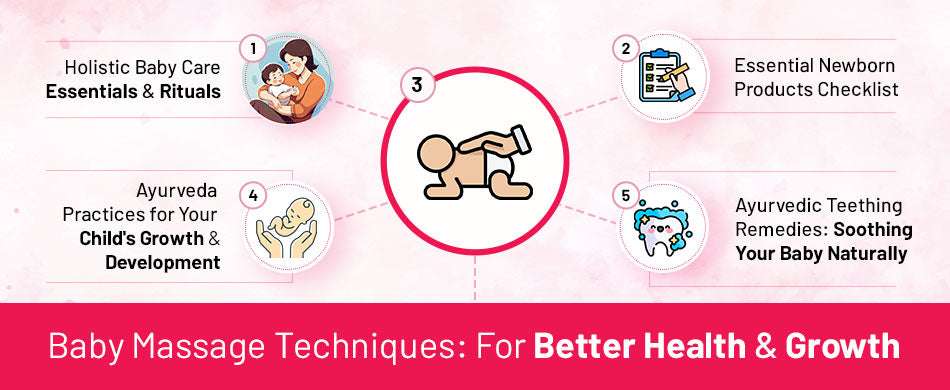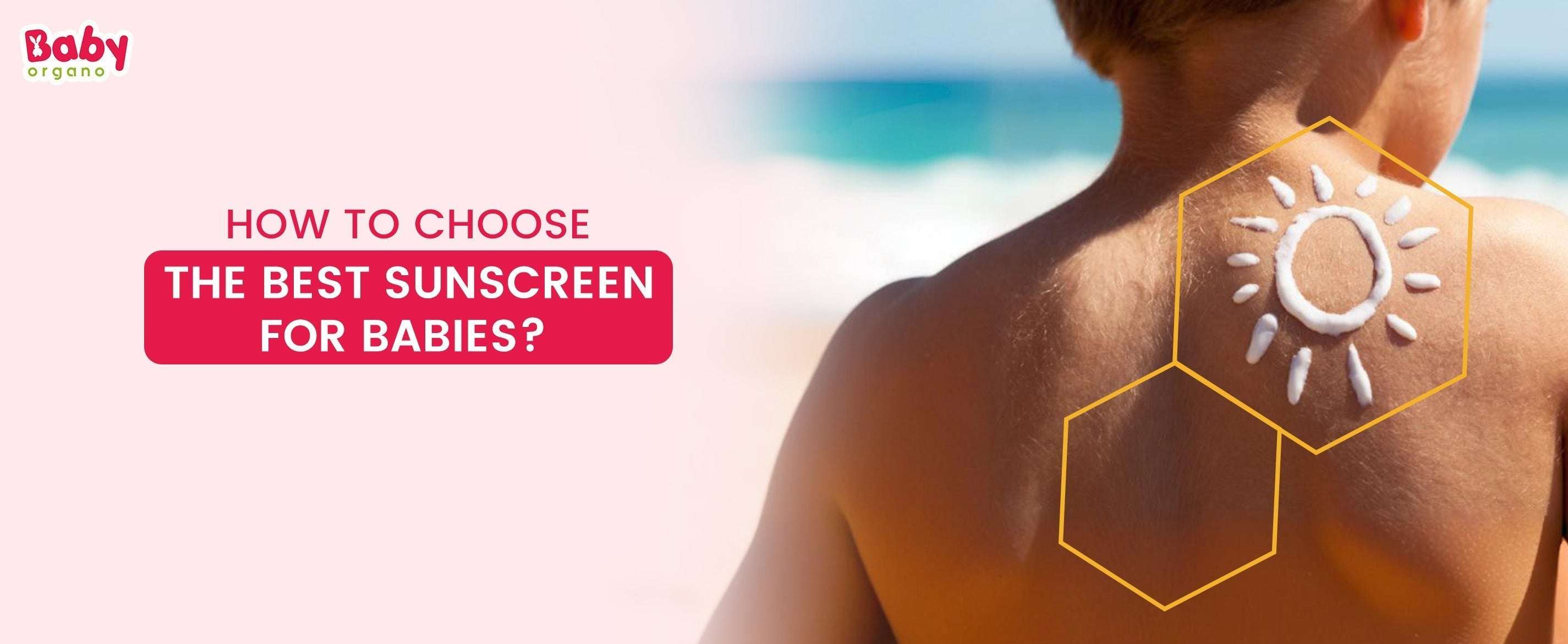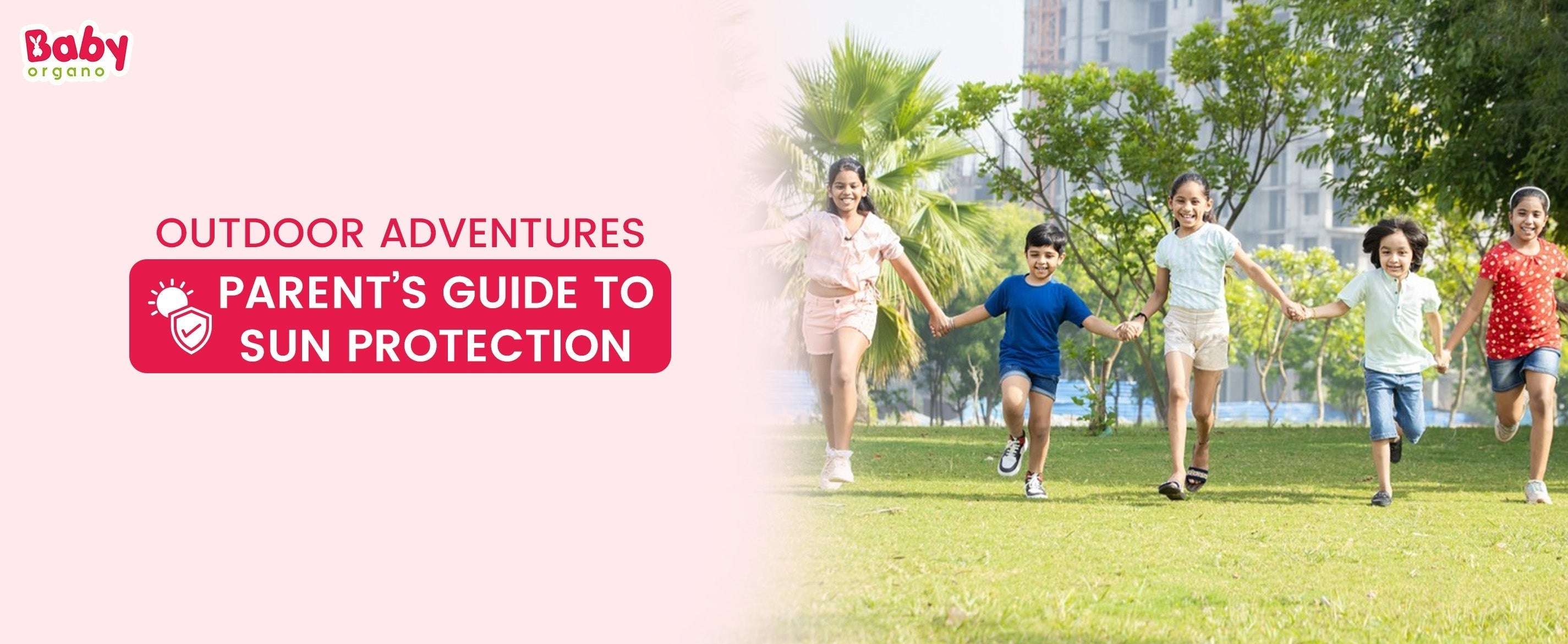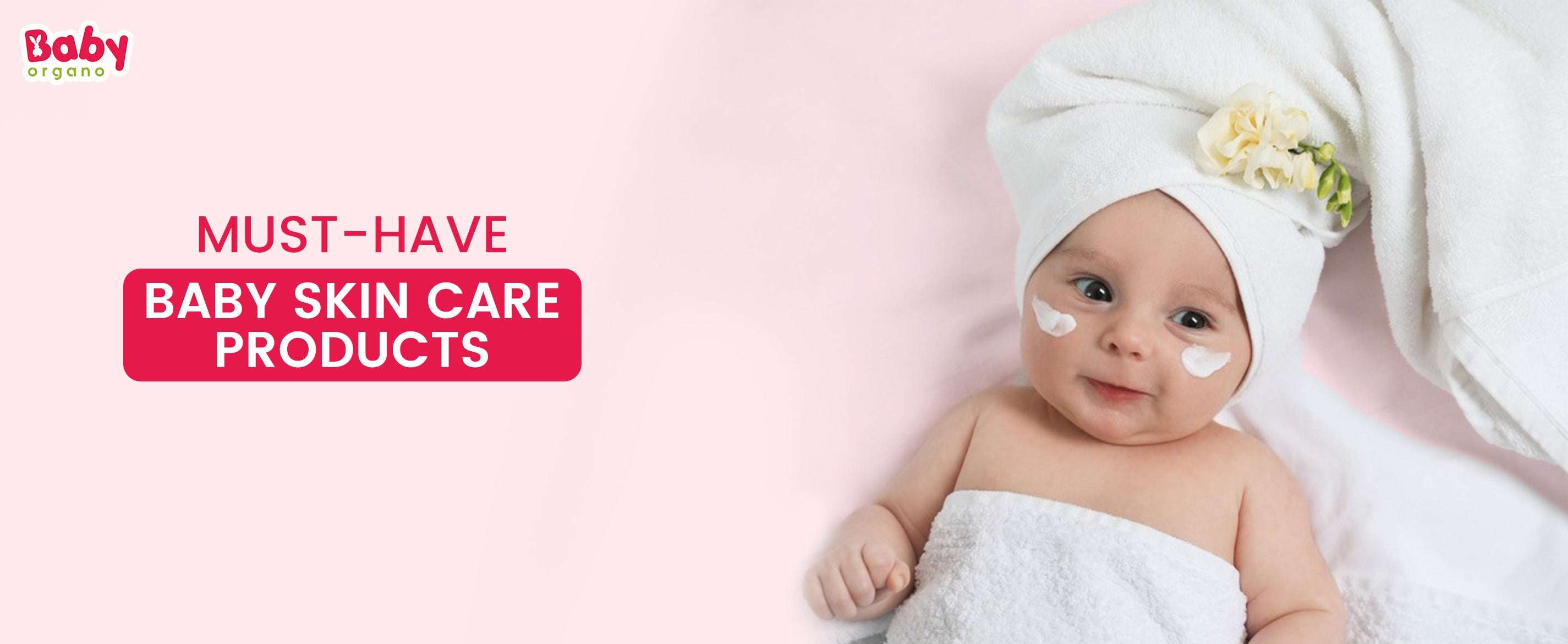Baby Massage Techniques: For Better Health and Growth
- by Baby Organo

Baby massage has been traditional for years since it helps parents’ bond with their children and improves their health.
Numerous studies have demonstrated that massaging babies improves sleep, stress, and brain and body development. Researchers also found that massaging babies improves parent-baby communication without words, strengthening their bond.
Time spent massaging an infant as part of your parenting can benefit both parent and kid. Learning basic massage techniques can help parents bond with their babies and improve their health. To accomplish things safely and correctly, consult a doctor.
Finally, learning to massage your baby with the best baby massage oil may enhance their connection to you and help them grow in a nurturing environment.
The Benefits of Baby Massage
Massaging babies’ benefits parents and babies. Many experts and researchers claim massaging your kid strengthens your bond and helps them thrive. Consider these benefits:
- Bond with your baby by massaging - Oxytocin makes you feel connected and high when you touch someone. Get to know your baby better through massages, making chatting with them easier and more natural.
- Babies sleep better after massages - They help babies relax and sleep longer. They also produce more melatonin following a massage, improving their sleep-wake cycle.
- Many people think that massage calms newborns because they are relaxing.
- People believe massaging babies helps them gain weight, absorb food, and eliminate gas.
- Sensory stimulation, especially touch, helps newborns' brains develop.
- They improve parent-baby communication. A parent massaging their child must listen to their sounds and body language.
- They circulate newborns' blood, which helps oxygenate and maintain body temperature.
- According to research, they reduce stress and boost parents' confidence.
Massaging a Baby's Tummy
Massage babies' tummies to relieve stomach ache and encourage proper nourishment. Remember to utilise this procedure only after the baby's umbilical cord is healed to avoid damage or infection.
Here is how to massage a baby's stomach properly:
Positioning
Ensure your infant sleeps on their back in a loose, comfortable position. Put a warm blanket or towel under them for support and comfort.
Hand Position
While rocking, let your Pinky finger cross your baby's belly. Place your palm on the baby's stomach below the rib cage. Be kind but strong.
Paddle-wheel motion
Move one hand down gently and then the other, producing a paddle-wheel shape from the rib cage base. This slow movement stimulates digestion and blood flow to the abdomen.
Circular Massage
Gently rub the baby's stomach clockwise. Cover the belly from belly to groyne with light pressure.
The "I Love U" stroke
The "I Love U" stroke involves drawing I, L, and U on the baby's stomach. Draw a straight line on the baby's left side to form an I. Next, form an L shape across the belly by going right to the left along the rib base. Finally, draw an upside-down U shape on the baby's left side from the bottom up to the bottom of the right side along the belly.
Navel Circles
Touch the baby's belly from the inside out. This gentle massage improves digestion and bowel movement.
Hip Rotation, Knee Press
Hold your baby's feet and knees together and press their knees to their stomach. This action releases trapped gas and relieves pain. Press your baby's knees and softly tilt their hips right several times. This exercise can reduce gas and improve digestion.
Horizontal Hand Rocking
Finally, gently rock the baby's stomach on the ground. This motion relaxes the baby. It also soothes digestion.
Massaging a Baby's Head and Face
Baby head and face massages are soothing. This benefits the infant and parent in numerous ways. This massage method's steps are detailed below:
Scalp Massage
Support your baby's neck and head by gently holding their head in both hands first. Massaging the scalp in a circle with your fingertips is like shampooing. In addition to relaxing, this action can reduce tension and enhance blood flow. Never touch the fontanel, the sensitive region on top of the head, to avoid hurting or bothering the newborn.
Ear Massage
Next, lightly rub your ears with your thumb and middle finger. Gentle compress the earlobe and ear canal from top to bottom. This calms the baby and increases blood flow to the ears, improving their health.
Face Massage
Make a heart shape on the baby's face. This can be done by bringing your hands together at the chin and move them up to the temples and back down. This delicate stroke relaxes facial muscles and improves the mood.
Eyebrow massage
Push your fingers outward towards your baby's temples from the forehead. Relax and relieve stress around your brow with this easy stroke.
Eyelid Massage
Use your thumbs to brush your baby's closed eyes gently. Avoid pressing on the sensitive eye area. This might soothe you and relax your eye muscles.
Cheek Massage
Draw a line from your nasal bridge to your cheeks using your fingers. This mild motion can relax your cheek muscles.
Jaw Massage
Finally, use your fingers to massage the jaw in little circles. Work from the middle of the chin to the ears. This gentle massage helps relieve jaw muscle tension.
Massaging a Baby's Chest
Baby chest rubs relieve colds, coughing, and congestion. Before massaging a sick baby's chest, see a doctor. To rub your baby's chest, follow these steps:
Paediatrician consultation
Before treating a sick baby, see your paediatrician. They can advise you on whether massaging your infant is safe and healthy.
Preparation
Ensure your infant is comfortable and on their back on a comfy surface. Put a towel or blanket under them for extra warmth.
Optional Therapeutic Oil
Suppose your child's doctor approves massage with a healing oil. Ensure the oil is safe for the baby and free of harsh chemicals and odours, so you must use Ayurvedic baby oil.
Starting with Gentle Strokes
Consider placing both hands on your baby's chest over the sternum. Press gently on the skin from your chest centre to your shoulders. Relaxation and chest blood flow increase with this action.
Strokes cross each other
Scratch your baby's hip from one side, over the shoulder to the other, and back down to the hip. This increases blood flow and relieves chest pain.
Repeat as needed
Adjust the pressure and tempo to comfort while you massage your infant for a few minutes. If you feel discomfort or anxiety, discontinue the massage.
Watch Baby's Reaction
Watch how your baby reacts when you touch them. Watch for calm indications like steady breathing or a tranquil face. Stop massage if your infant is agitated or uncomfortable, and try again later.
Massaging a Baby's Arms
Massage babies' arms to relax, tone, and improve coordination. Certain ways help calm children and promote healthy growth. Here are the steps to rub a baby's arms:
Relax the Upper Arm
Start by holding your baby's wrist and lightly tapping their upper arm. This tapping loosens muscles and prepares the arm for massage.
Shoulder-to-wrist stroke
Next, make a C with one hand on the baby's wrist and the other around the upper arm. The shoulder-to-wrist stroke should be fluid and flowing. This movement circulates blood and rests arm muscles.
Reverse Stroking
Two hands on each other, stroke the baby's shoulder to wrist. Wring a towel lightly by moving your hands in different directions. This deeper massage relaxes and stretches muscles.
Palm massage
Focus on the baby's palm and slowly move your thumb from the bottom to your fingers. This motion in the baby's hand improves circulation, eases tension, and increases sensory awareness.
Pull and squeeze each finger
Gently squeeze and tug each baby's finger from base to tip. This procedure loosens and stretches tight fingers.
Wrist Massage
Rub the baby's wrist in tiny circles. Use a calming touch on tense or painful regions to help people relax.
Rolling Arm
Finally, gently roll the baby's arm between your palms. Rolling further loosens muscles and joints and improves circulation and range of motion.
Massaging a Baby's Back
A back massage can make a baby feel better, especially while they're on their stomach. Listening to the infant and adjusting the massage to make them comfortable and joyful is crucial. Read this to touch a baby's back correctly:
Baby positioning
Start with your infant on their stomach horizontally before or between your legs. Keep their hands before them instead of at their sides for stability.
Back Stroke
While holding your baby's buttocks, rub their back from neck to buttocks. This extended stroke calms and relaxes muscles.
Circular Massage
Use your fingers to massage the baby's spine by going down and up. Avoid spine pressure and be gentle. Instead, focus on surrounding muscles.
Shoulder Massage
Be mindful of your shoulders. Make tiny circles to massage the muscles. Due to prolonged back or car seat use, newborns' shoulders sometimes feel tense.
Rifling
Last, use your fingers like a rake to softly massage the baby's back from neck to foot. This helps the infant relax by feeling like a gentle breeze.
Massaging a Baby's Legs
Massage a baby's legs gently to soothe them and relieve stress before they walk. The whole instructions for rubbing your baby's legs:
Tapping and lifting
Start by gripping your baby's ankle and slowly lifting a leg. Raised leg, lightly tap upper thigh with fingertips. Tap on muscles to relax them for a massage.
Thigh stroke
Keep one hand on your baby's ankle and the other on their upper thigh in a C shape, thumb down. Lightly lower the foot from the thigh. This increases blood flow and relaxes leg muscles.
Hip-to-foot stroke
Hold the leg at the thigh with one hand on the other. Lower your hands from hip to foot. Make your hands wring like a towel by rotating them. This procedure massages the leg completely, improving flexibility.
The Top of the Foot Stroke
Lightly touch and massage the top of your foot with your fingers. Avoid pressing too hard on soft parts.
Touch your toes
From base to tip, gently squeeze and pull each toe. This relaxes muscles and toes.
Foot Massage
Massage the ankle in tiny circles to relieve discomfort and tension. Watch your baby's reaction and be nice. Adjust the pressure as needed.
Leg-rolling
Roll the leg across your palms to knead it like dough. Rolling relaxes muscles and increases leg blood flow.
Key Takeaways
Baby rubs are a pleasant way to bond and calm your child. But some parents cannot massage their kids naturally. If stroking your infant does not work, keep trying.
Using baby oil safe for babies, you may need to try massaging your baby more than once before it feels right. Each exercise strengthens your loving bond with your infant. It's okay to struggle with baby-rubbing. Keep going. Your kid will appreciate it.
- Posted in:
- Parenting tips





